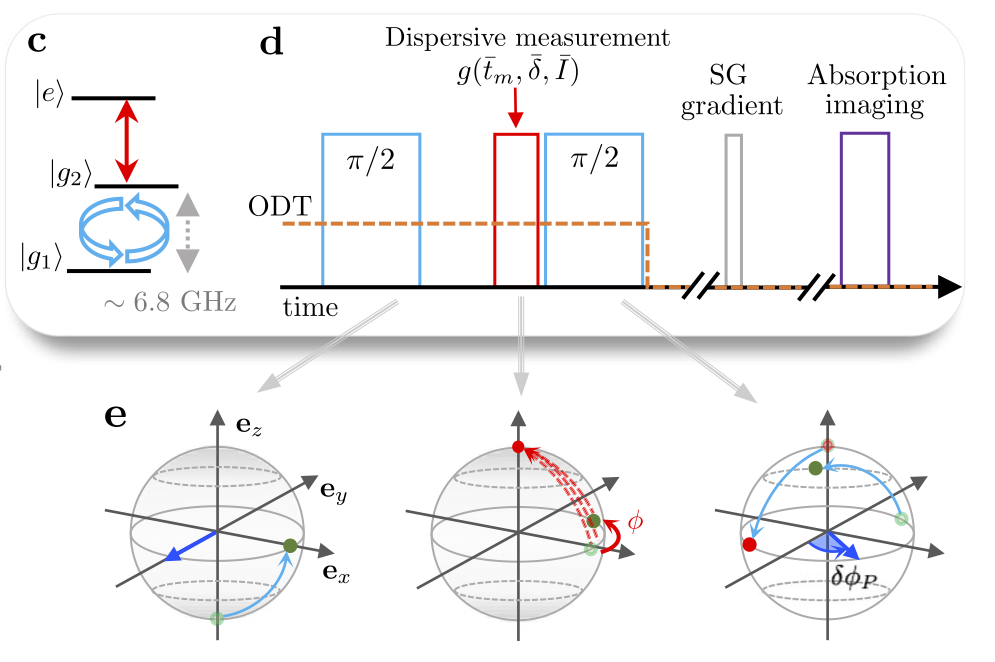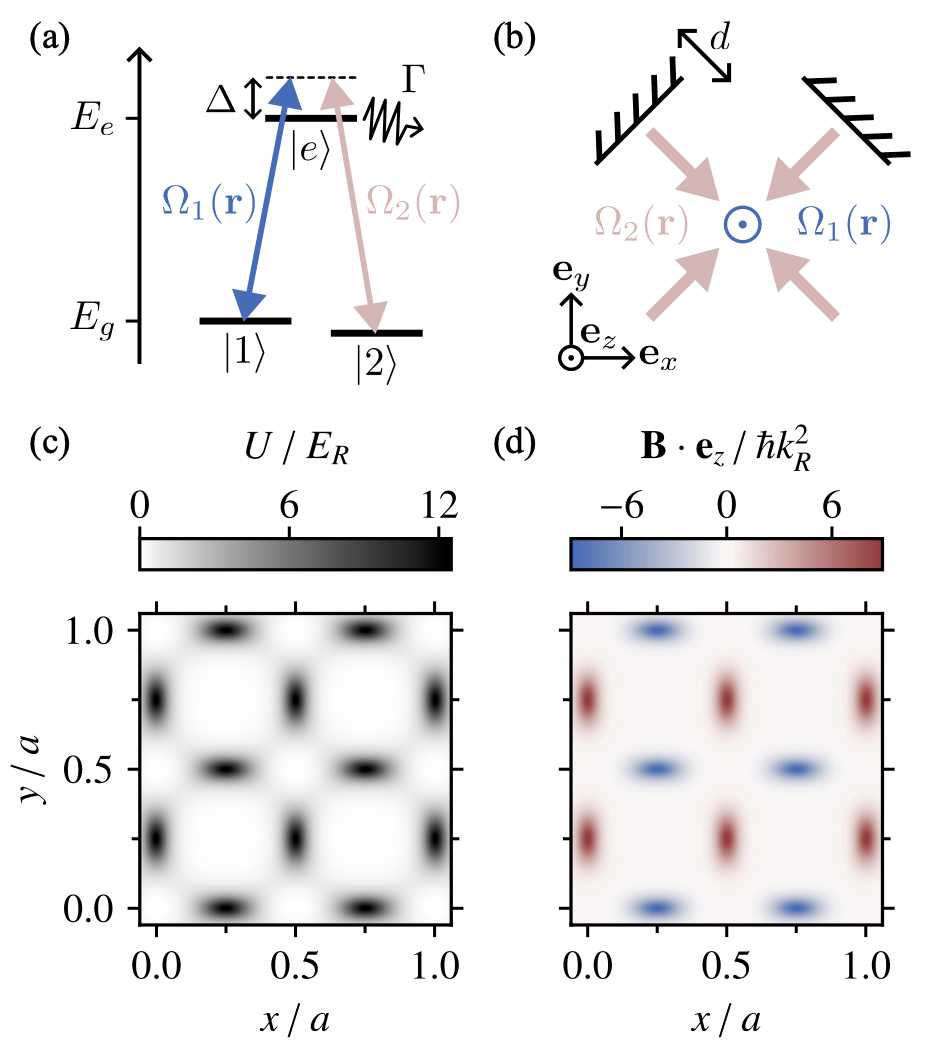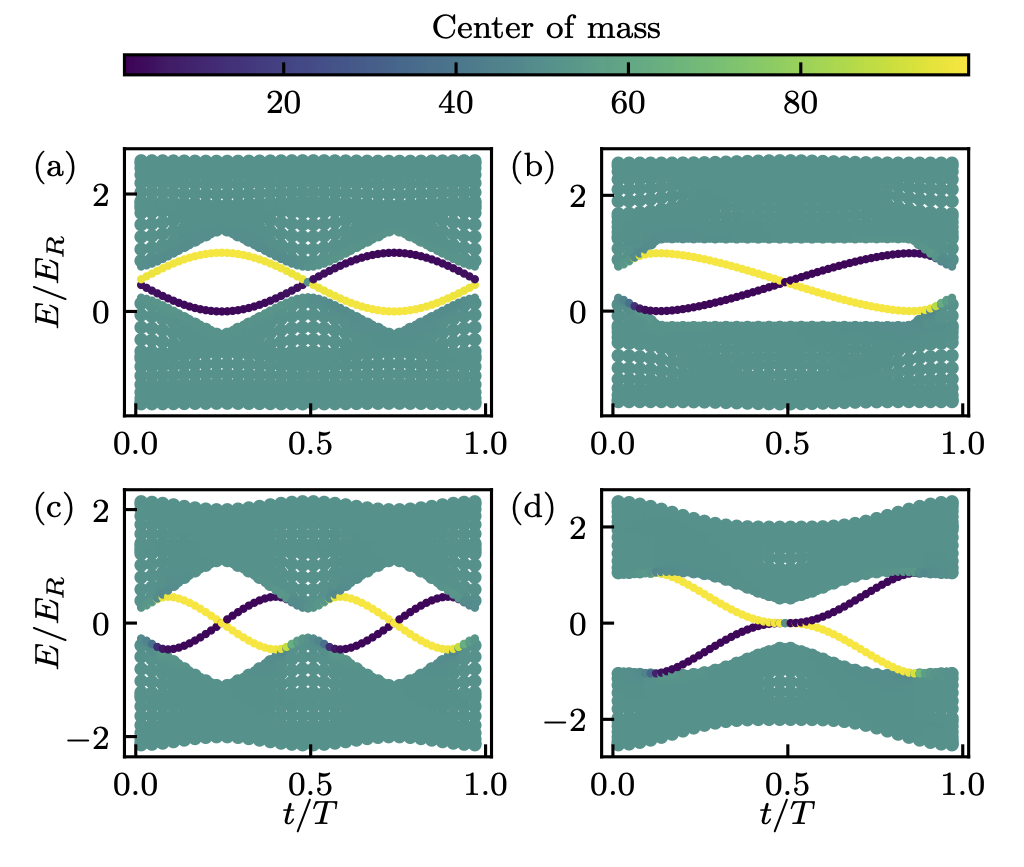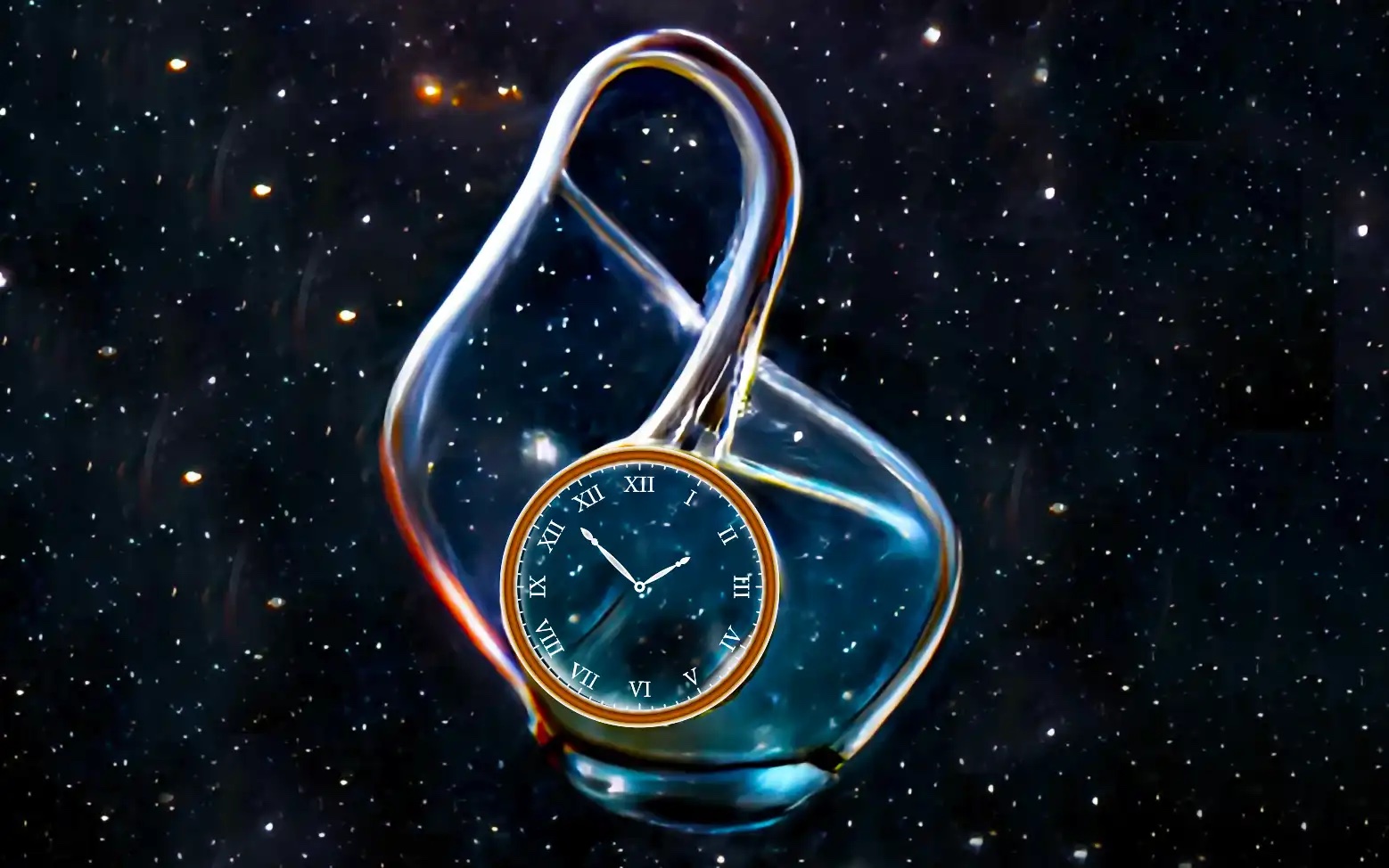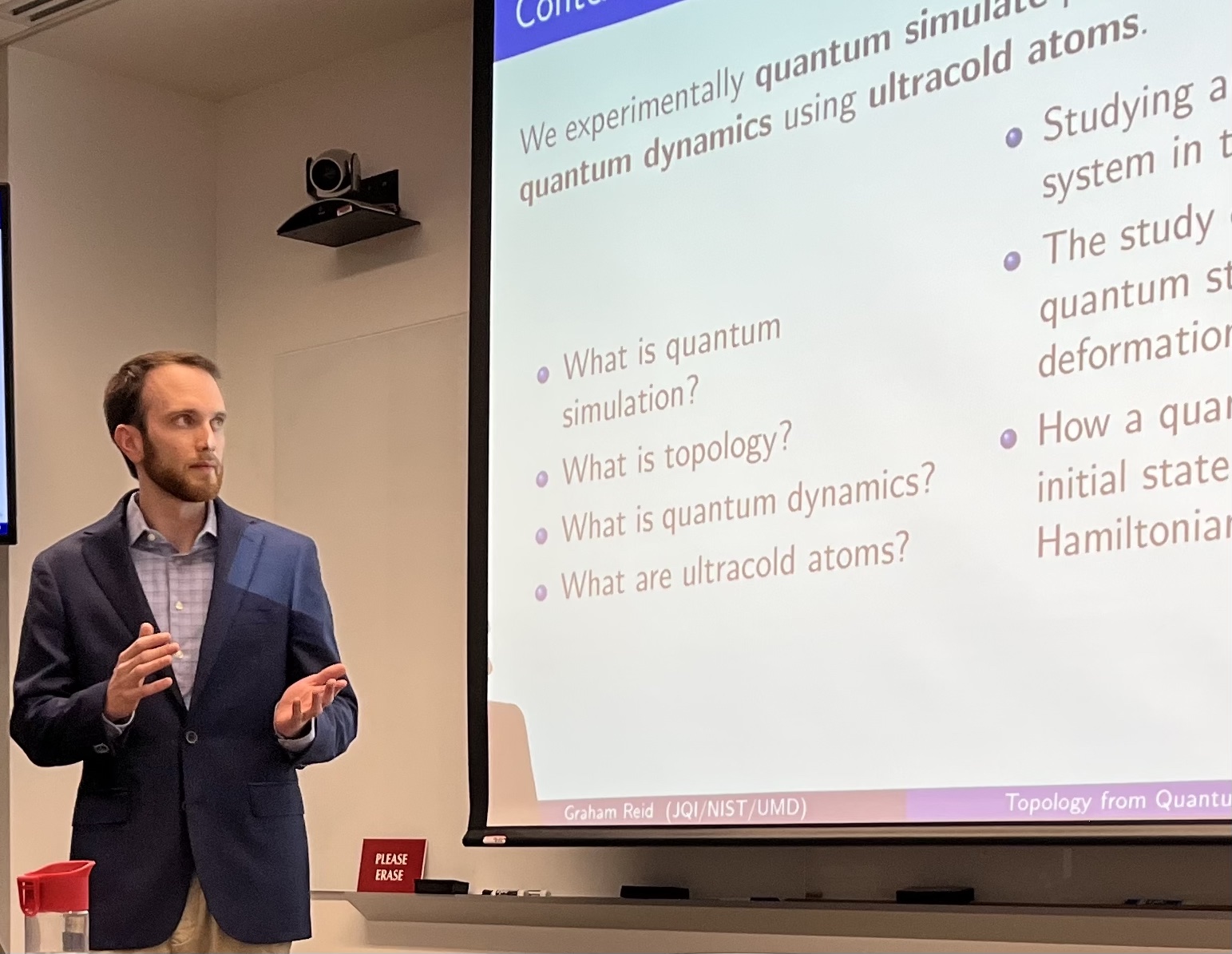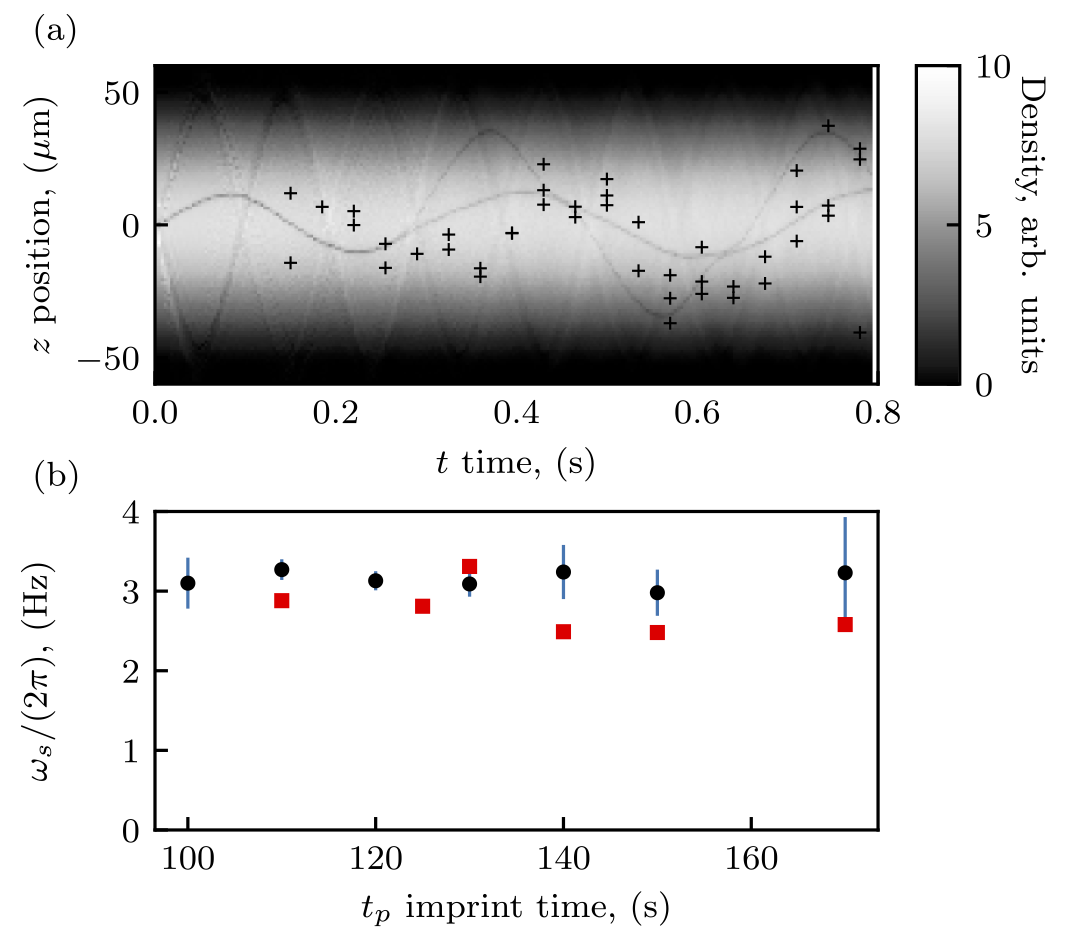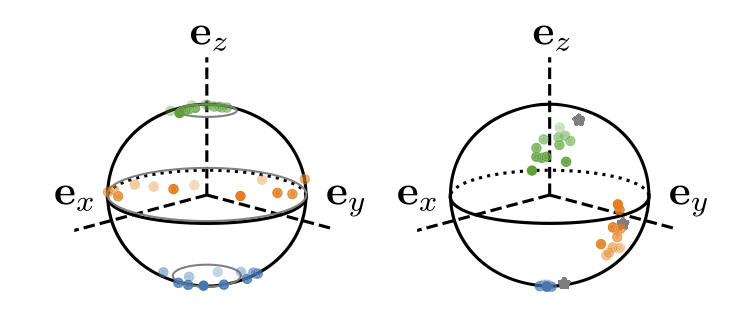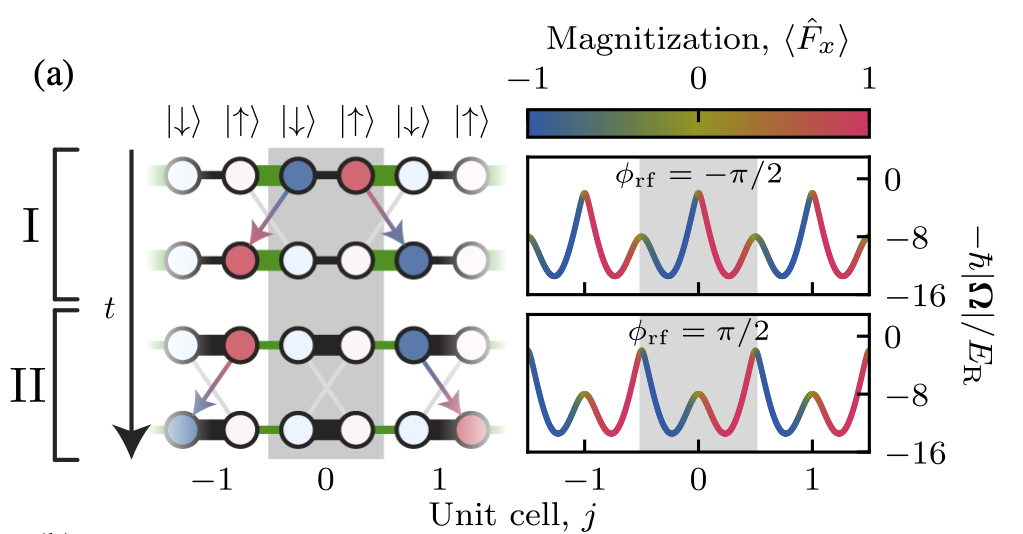Direct calibration of laser intensity via Ramsey interferometry for cold atom imaging
A majority of ultracold atom experiments utilize resonant absorption imaging techniques to obtain the atomic density. To make well-controlled quantitative measurements, the optical intensity of the probe beam must be precisely calibrated in units of the atomic saturation intensity Isat. In …
Direct calibration of laser intensity via Ramsey interferometry for cold atom imaging Read more »


